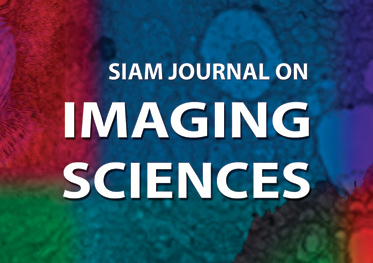- published
- 2013-06-17
- reference
- Marc Lebrun, Antoni Buades, and Jean-Michel Morel, Implementation of the "Non-Local Bayes" (NL-Bayes) Image Denoising Algorithm, Image Processing On Line, 3 (2013), pp. 1–42. https://doi.org/10.5201/ipol.2013.16
Communicated by Bartomeu Coll
Demo edited by Miguel Colom

This IPOL article is related to a companion publication in the SIAM
Journal on Imaging Sciences:
M. Lebrun, A. Buades, and J.M. Morel.
"A Non-local Bayesian Image Denoising Algorithm."
SIAM Journal on Imaging Sciences, 6(3):1665-1688, 2013.
http://dx.doi.org/10.1137/120874989
Abstract
This article presents a detailed implementation of the Non-Local Bayes (NL-Bayes) image denoising algorithm. In a nutshell, NL-Bayes is an improved variant of NL-means. In the NL-means algorithm, each patch is replaced by a weighted mean of the most similar patches present in a neighborhood. Images being mostly self-similar, such instances of similar patches are generally found, and averaging them increases the SNR. The NL-Bayes strategy improves on NL-means by evaluating for each group of similar patches a Gaussian vector model. To each patch is therefore associated a mean (which would be the result of NL-means), but also a covariance matrix estimating the variability of the patch group. This permits to compute an optimal (in the sense of Bayesian minimal mean square error) estimate of each noisy patch in the group, by a simple matrix inversion.
The implementation proceeds in two identical iterations, but the second iteration uses the denoised image of the first iteration to estimate better the mean and covariance of the patch Gaussian models. A discussion of the algorithm shows that it is close in spirit to several state of the art algorithms (TSID, BM3D, BM3D-SAPCA), and that its structure is actually close to BM3D. Thorough experimental comparison made in this paper also shows that the algorithm achieves the best state of the art on color images in terms of PSNR and image quality. On grey level images, it reaches a performance similar to the more complex BM3D-SAPCA (no color version is available for this last algorithm).
Download
- full text manuscript: PDF low-res. (1.2M) PDF (7.4M) [?]
- source code: TAR/GZ
History
- the original source code was modified on 2021-02-05 to include the possibility to denoise with the given STD parameter without re-noising the input image. The original version of the code is available here
- the README file of the source code was updated on 2021-02-20. The previous version of the code is available here
- Note from the editor: the manuscript of the article was modified on 2022-01-01 to include information about its editors. The original version of the manuscript is available here.
 IPOL Journal · Image Processing On Line
IPOL Journal · Image Processing On Line



